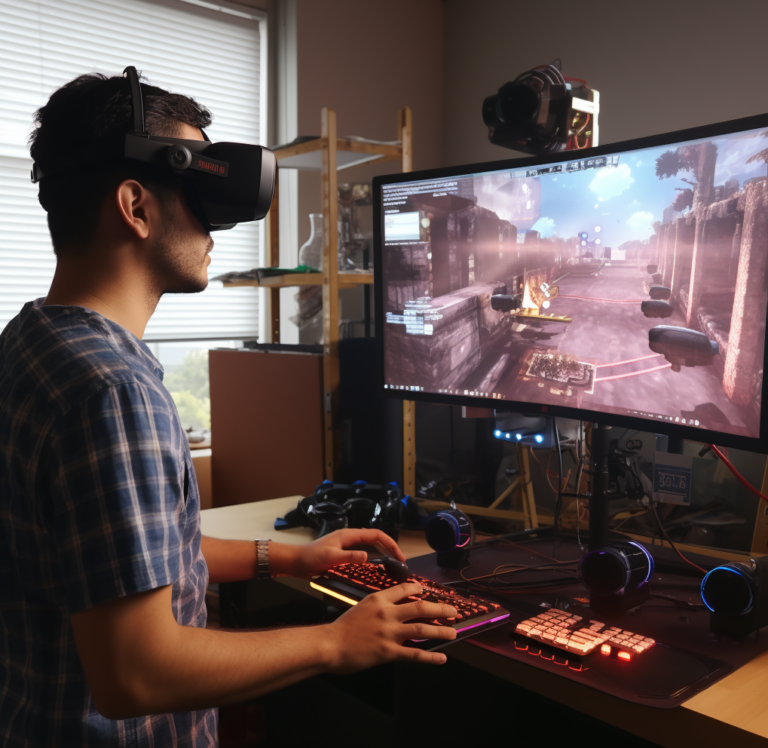In an era of game development, shaping the success of the game is very crucial and user interface (UI) and user experience (UX) plays a very important role in it. Due to technological advancements, the gamer’s expectations evolve daily and game developers always try to keep up with latest trends in UI/UX, so they can provide intuitive, immersive and engaging experience to the gamers.
- Minimalistic and Intuitive Designs
One of the most important and essential trends in UI/UX design is the shift of interfaces towards minimalistic and intuitive designs. Those days have gone when there were cluttered screens and complexity in navigation menus. In these times of modern games, developers opt for clean and streamlined interfaces which has its main focus on simplicity and can be used easily.
- Immersive and Interactive Interfaces:
Game developers tend to incorporate interactive and dynamic elements into their UI/UX designs to create a truly immersive experience. To enhance the sense of immersion, making players feel more connected to the world of gaming, the game developers use partial effects, responsive feedback and animations. Interactive interfaces that respond to player actions and gestures provide a more engaging and intuitive experience, enhancing the overall gameplay.

- Mobile-First Approach
As the popularity for mobile gaming is increasing day by day, the mobile-first approach has become prominent in UI/UX design. Game developers are increasingly prioritizing the optimization of their interfaces for smaller screens, touch controls, and different orientations. Due to this approach the mobile gamers can have seamless experience and they can easily interact with the game or navigate, regardless of the device they are using.
- Personalization and Customization:
Personalization has become a key aspect of UI/UX design in games. Players increasingly expect customization options that allow them to tailor the interface to their preferences. From customizable HUDs (heads-up displays) to adjustable control schemes, game developers are incorporating features that empower players to create a gaming experience that suits their individual needs and style, enhancing player engagement and satisfaction.

- Responsive and Adaptive Design
In addition to the mobile-first approach, the UI/UX design is gaining momentum in being adaptive and responsive. As games are being played across various platforms and devices, including consoles, PCs, and virtual reality headsets, it is very important to provide a consistent experience across different screen sizes and resolutions. As responsive design helps interfaces in adapting to different screen sizes, this adaptive style helps in tailoring the UI/UX based on the specific capabilities of each platform and ensures that the performance and usability will be optimal
- Integration of Augmented Reality (AR) and Virtual Reality (VR)
As AR and VR technologies continue to advance, they present exciting opportunities for UI/UX design in game development. These immersive technologies offer unique ways to interact with virtual environments and introduce new possibilities for intuitive interfaces. Gesture-based controls, eye-tracking, and haptic feedback are just a few examples of how AR and VR can revolutionize UI/UX design, providing players with unparalleled levels of immersion and interactivity.




